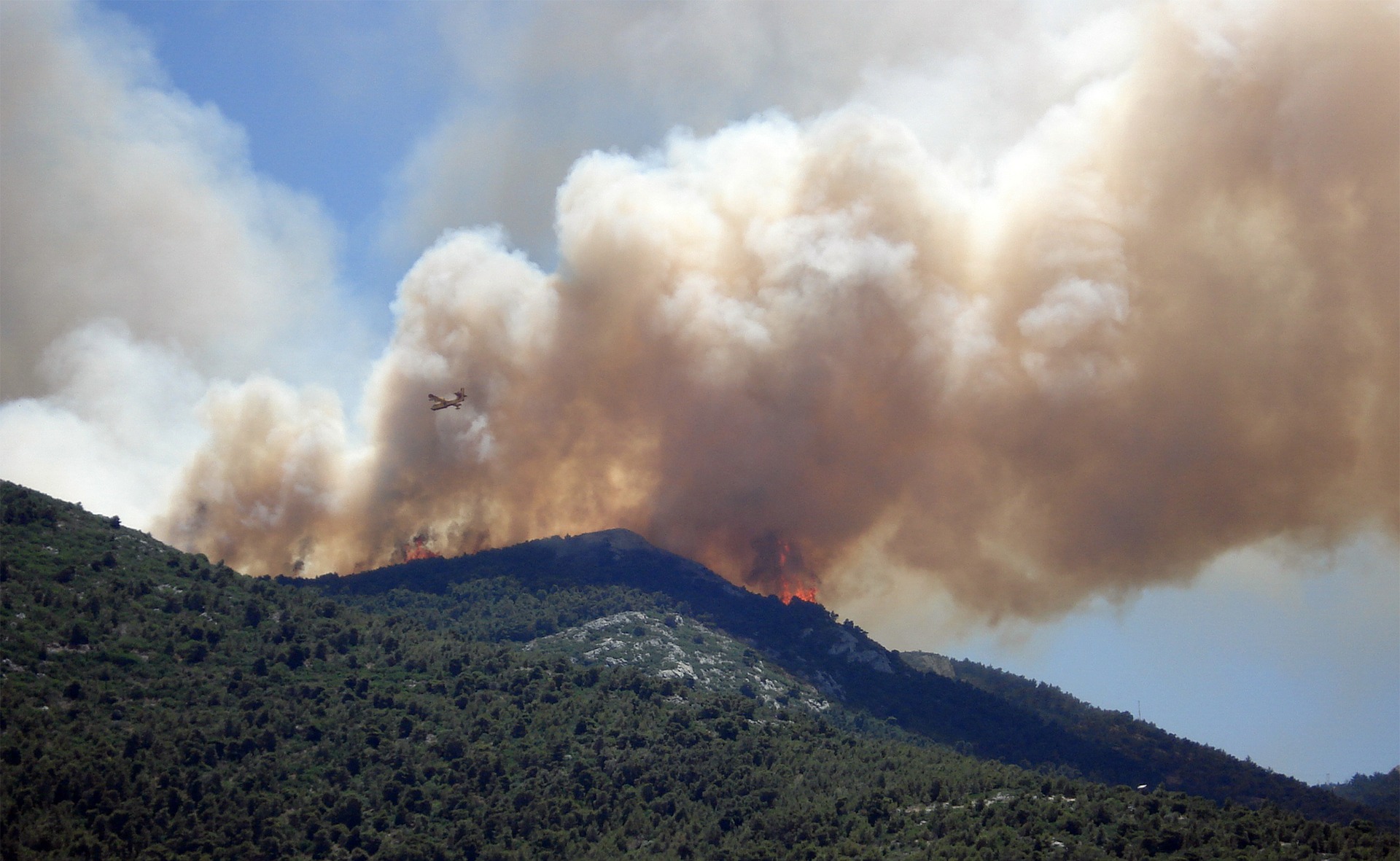I was born and raised in Southern California. I’m used to the temperate climate, nice sea breeze, and more recently, persistent threats of wildfires and drought. When I moved to Boston in summer 2021 to begin my freshman year at Tufts University, my friends kept asking why I wanted to move so far away. I kept repeating the same answer: I want to experience seasons. I had this vision of it being nice and warm at the beginning of the school year, gorgeous and orange throughout October, and fun and snowy in December. Instead, I was welcomed to Boston by a hurricane and what felt like the hottest week of my life, a weirdly warm fall season (I will say the colors delivered on my expectations), an abnormally warm December, and then 23.4 inches of snow during the Nor’Easter storm in late January. Needless to say, my expectations did not necessarily coincide with reality.
The earth’s rising temperature is directly leading to more storms, especially in Massachusetts. Since 1997, Boston has experienced its 10 biggest snowstorms on record.
According to the EPA, “in the city of Boston alone, the total cost of storm damages during the 21st century could be between $5 and $100 billion, depending on how the city responds to rising sea level.” While the reality of climate change for Bostononians is harsh, this city has responded efficiently and accordingly to this very real threat.
The city of Boston has been working on a “Climate Ready Boston:” a city wide initiative preparing the coastal city for the long-term effects of climate change. Boston is the “8th most vulnerable among coastal cities worldwide, in the company of New York, New Orleans, and Miami.” Already Boston has dealt with extreme snow, heat, rain, and subsequent flooding. Part of Climate Ready Boston’s plans include accessible open spaces and appropriate infrastructure for coastal/harbor buildings.
Climate Ready Boston should be a framework for nationwide and global public policy. President Biden re-joined the Paris Climate Accords in February 2021, almost exactly a year ago. However, what real change has the US initiated based on this agreement? As a young adult living in a liberal state and attending a politically left-leaning liberal arts university, my perspective and that of my peers is that rejoining the Accords is an important signal to the global community but has yet to yield concrete results. The goals of the Paris Climate Accords continue to be pushed back further and the US has yet to take concrete action. In late 2021, almost 200 countries addressed the climate crisis in Glasgow, UK at the 26th Conference of the Parties to the UN climate convention (COP26). While this conference is a great step in the right direction, the conference recap states that countries“reaffirmed the continuation of key principles from the Paris Agreement and previous COPs, including multilateralism, and the importance of nature and biodiversity to climate action, as well as human rights, the rights of indigenous peoples, local communities, migrants, children, persons with disabilities and people in vulnerable situations, gender equality, empowerment of women and intergenerational equity.” What is notable about this quote is that it is simply a list. Action has yet to be taken on most of these topics, and the threat of climate change still remains an existential threat to all nations. All cities, especially coastal ones, should follow Boston’s example in actively preparing to live with the long term effects of climate change. This problem isn’t going away, and we must learn to adapt and take action immediately.



